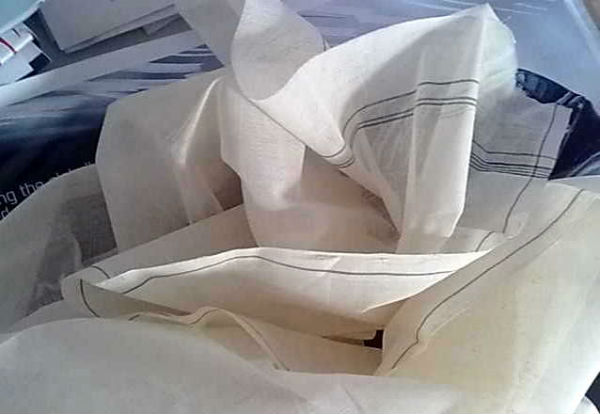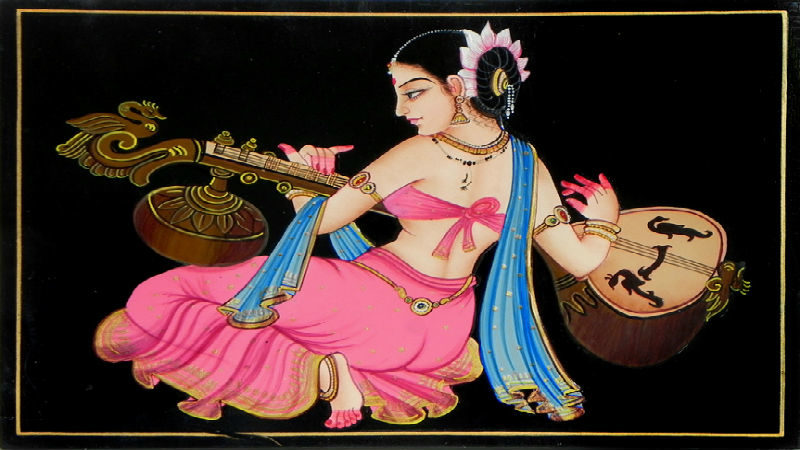Discussing about culture and traditions and getting back to olden times has been found to be something trendy nowadays. The question is, “Do we need a change our life style to a more traditional one?” if so, “what betterment can we see from doing so?”
“India used to flow in honey and milk!” a very famous comment pointing towards its rich traditional and cultural reserves. Apart from ethical and ethnic values, like any other country, India also belonged to a vast ocean of scriptures, sciences, traditions and above all we possessed a characteristic innate lifestyle different from others.
Related: Hey Ladies Out There! Is Your Monthly Ache Normal?
As years passed, foreign invasion gave way to adoption of modern life style, gradually giving lesser importance to indigenous sources. In short, while running towards urbanization, we left back our resources which had a lot to say to the entire world!
India Today!
Stone and wooden architecture have given way to cement and concrete structures. Temples and other places of worship have become tourist spots. Traditional foods are unknown to the ‘burger and pizza kids’. Sarees and dhotis have been briefed into jeans and t-shirts. The question here is, “Is it favoring us?”
Without getting into details about the changing architecture and food habits, which is quite common these days, boost up life is getting you to another section– the dressing style of India, especially for women. In particular the “Onnara” which is a south Indian word used, with its variants used in other parts of India.
What Is Onnara?
Onnara or Onnara mund, Thaar, Thattu etc are different terms used to describe a garment resembling the Indian dhoti worn mostly by women more commonly as an inner garment or sometimes even following delivery with few modifications as a part of postpartum care.
It comprises of a 5 meter cloth wrapped from middle of the umbilicus down to the waist, taking a downward course covering the private areas and rolled back and tucked in from behind. More details about Onnara from WiKi here.
Why Do We Use Onnara?
In olden days, the tradition said that the people should visit the temple in the morning and evening, wearing Onnara because having a dip and coming to temple with wet garments was strictly prohibited as it exhibited the body parts to others. Both men and women wore it, but women in particular wore it at home and as an inner garment while going out.
Is Onnara Only A Garment Or Does It Have A Role In My Health Status?
Certainly no! Apart from serving as an inner garment it helped in providing cosmetic and health benefits. As this was worn by all girls from puberty itself, it facilitated proper support to abdominal and pelvic muscles, giving a perfect shape to their body. It kept the tummy from popping out and turning flabby as seen commonly nowadays.
Another important role comes to light when we look into its health benefits. As it is a traditional wear, it matches with the seasons and lifestyle of India. Today we see women using panties, lingeries etc. as a part of western influence, but it must be well noted that these cover the private areas only to a very small extent and do not absorb all the vaginal secretions. These are ideal for the western culture, because women wear mini-skirts and shorts which facilitate more air circulation than other garments.
 Whereas in a tropical country like India, the climate is seen to be more humid, giving rise to more vaginal secretions throughout the day. So, this accumulated sweat along with the secretions give rise to infections in the genitals, which gradually take course to the deeper structures and can even cause serious ailments like infertility.
Whereas in a tropical country like India, the climate is seen to be more humid, giving rise to more vaginal secretions throughout the day. So, this accumulated sweat along with the secretions give rise to infections in the genitals, which gradually take course to the deeper structures and can even cause serious ailments like infertility.
Onnara provides enough support and covers the vulva completely giving enough space for absorption of secretions and at the same time gives ample space for free air circulation as it is worn loose in those areas. Even during menstruation, it prevents side way leakage and feel of uneasiness due to its breadth.
After delivery, thattu is worn with some modifications in order to facilitate proper involution of uterus and other pelvic organs. Tying of onnara in proper way keeps the pelvic and abdominal muscles within proper support, preventing prolapse of uterus and other organs in later stages of life.


Well said Doctor, about Onnara.
Onnara as an underwear is no more in use now a days. Earlier too, it used to be worn only by certain sects of the Hindu society in Kerala. Now, with the advent of the more easily available modern wears like ready made Panties, Onnara is completely gone. In the fast pace of the modern society where women compete with men in all spheres of life, Onnara can be a problem in moving fast and flexible. But my experience is, Onnara does give problems when worn with sarres, it is more safe and easy to wear under Churidars than with sarees. With sarees,it is a bit exposive ( for that matter, even panties are !). But with churidars, onnara is very comfortable. There is no fear of onnara getting untied. Even if it gets loose a bit, it doesn’t come out as with the sarees. As you say, in this tropical weather, it absorbs all the sweat unlike the panties. Only when one starts using Onnara, the benefit can be really felt and once you get used to it, you just cannot let it go. Fortunately for me, in my house, certain old family members still wear setmundu/onnara as their daily wear and that gave me the inspiration to try out this ancient wear. I would encourage all young ones to try this out at least under churidars.